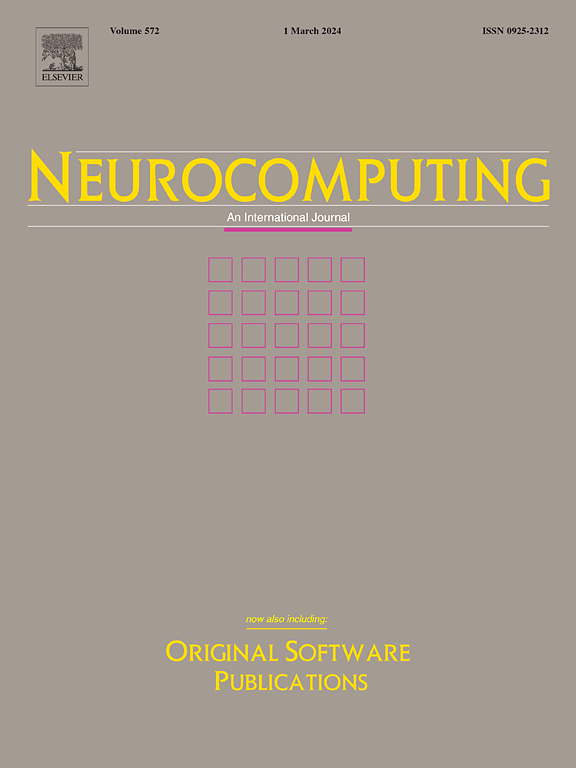MCI-GRU: Stock prediction model based on multi-head cross-attention and improved GRU
IF 5.5
2区 计算机科学
Q1 COMPUTER SCIENCE, ARTIFICIAL INTELLIGENCE
引用次数: 0
Abstract
As financial markets become increasingly complex and the era of big data unfolds, accurate stock prediction has become more critical. Although traditional time series models, such as GRU, have been widely applied to stock prediction, they still exhibit limitations in addressing the intricate nonlinear dynamics of markets, particularly in the flexible selection and effective utilization of key historical information. In recent years, emerging methods like Graph Neural Networks and Reinforcement Learning have shown significant potential in stock prediction. However, these methods often demand high data quality and quantity, and they tend to exhibit instability when dealing with data sparsity and noise. Moreover, the training and inference processes for these models are typically complex and computationally expensive, limiting their broad deployment in practical applications. Existing approaches also generally struggle to capture unobservable latent market states effectively, such as market sentiment and expectations, microstructural factors, and participant behavior patterns, leading to an inadequate understanding of market dynamics and subsequently impact prediction accuracy. To address these challenges, this paper proposes a stock prediction model, MCI-GRU, based on a multi-head cross-attention mechanism and an improved GRU. First, we enhance the GRU model by replacing the reset gate with an attention mechanism, thereby increasing the model’s flexibility in selecting and utilizing historical information. Second, we design a multi-head cross-attention mechanism for learning unobservable latent market state representations, which are further enriched through interactions with both temporal features and cross-sectional features. Finally, extensive experiments conducted on the CSI 300 and CSI 500 datasets from the Chinese stock market, as well as the NASDAQ 100 and S&P 500 datasets from the U.S. stock market, demonstrate that the proposed method outperforms the current state-of-the-art methods across multiple metrics. Furthermore, this approach has been successfully applied in the real-world operations of a fund management company, validating its effectiveness and practicality in actual financial environments.
求助全文
约1分钟内获得全文
求助全文
来源期刊

Neurocomputing
工程技术-计算机:人工智能
CiteScore
13.10
自引率
10.00%
发文量
1382
审稿时长
70 days
期刊介绍:
Neurocomputing publishes articles describing recent fundamental contributions in the field of neurocomputing. Neurocomputing theory, practice and applications are the essential topics being covered.
 求助内容:
求助内容: 应助结果提醒方式:
应助结果提醒方式:


